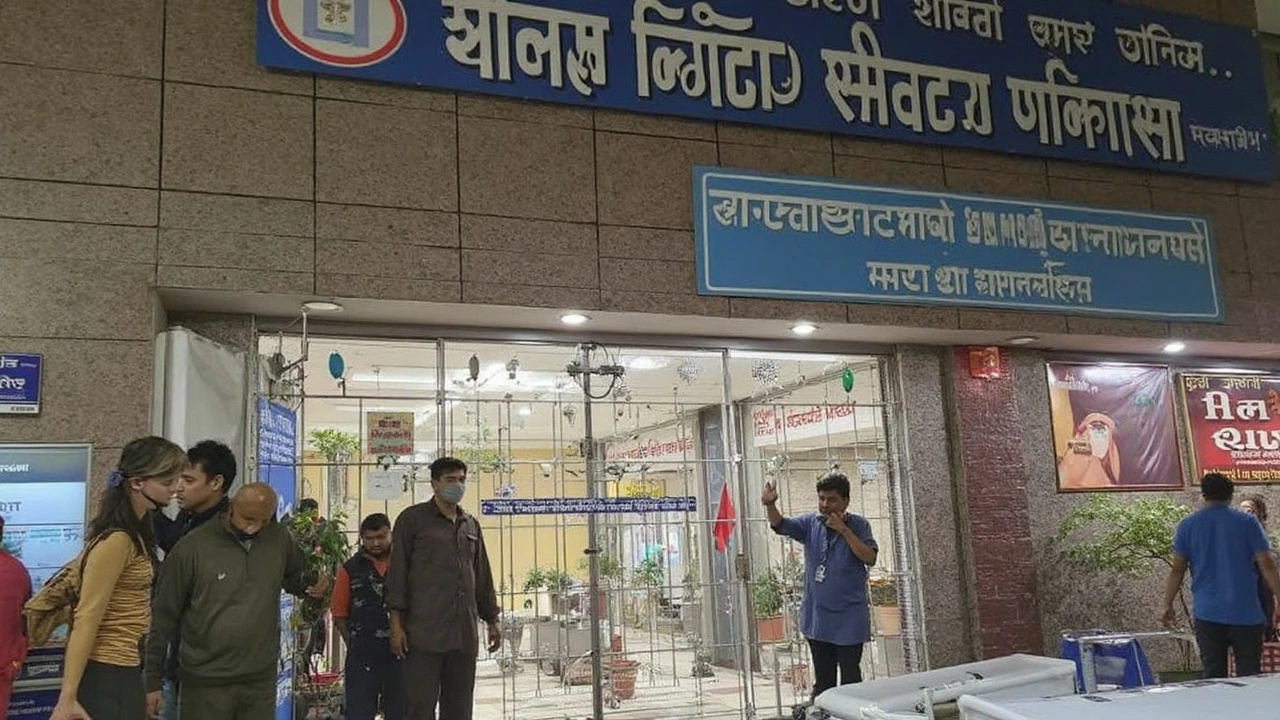In a tragic incident that has shocked the nation, 18 people, including 14 women and four children, lost their lives in a devastating stampede at New Delhi Railway Station on the night of February 16, 2025. The chaos unfolded as tens of thousands of pilgrims were attempting to board trains to the ongoing Maha Kumbh Mela in Prayagraj, intensifying the already crowded station.
Chaotic Scenes at the Station
The stampede took place on platforms 14 and 15 amid a mix of overcrowding and confusion primarily caused by train delays. Specifically, the delays in the Swatantrata Senani and Bhubaneswar Rajdhani trains led to unprecedented congestion. To add to the chaos, there were sales of over 1,500 general tickets every hour, and a sudden announcement shifted the Prayagraj Express to a different platform. This abrupt change panicked the masses, triggering a frantic rush toward stairs and escalators.
People in the crowd described scenes of horror as individuals collided and fell, creating piles on the escalators and stairs. A porter who witnessed the event shared, "In my 42 years here, I've never seen a crowd like this." The tragic mix of mismanagement and overwhelming human presence proved disastrous.
Official Reactions and Criticisms
In response to the disaster, Railways Minister Ashwini Vaishnaw ordered an urgent high-level inquiry into the reasons behind such a catastrophic failure in the railway system's management. To alleviate the situation, additional special trains have been announced to manage the pilgrim rush. In a heartfelt message, Prime Minister Narendra Modi expressed his sorrow, stating, "My thoughts are with those who lost loved ones. Praying for the recovery of the injured." Financial compensation was swiftly announced, with ₹10 lakh for the families of the deceased, ₹2.5 lakh for those with serious injuries, and ₹1 lakh for minor injuries.
However, the government's actions have not quelled criticism. Opposition leaders, notably Rahul Gandhi, criticized the incident as a glaring "failure of the railway system." Priyanka Chaturvedi went as far as requesting the railway minister's resignation, citing repeated safety oversight and negligence.
This distressing event marks the second deadly stampede related to the Maha Kumbh in 2025, following a previous disaster in January at Prayagraj, where dozens, possibly up to 79, perished. These repeated tragedies echo historical pasts, such as the 414 deaths in 1954 and 36 in 2013 during Kumbh events, underscoring the challenges of safely managing such massive gatherings.
After the recent incident, the Lok Nayak Hospital reported handling 15 of the deceased, and autopsies were due to determine if hypoxia or blunt trauma were the primary causes of death. In the wake of the disaster, authorities have promised to implement stricter crowd control measures to prevent future catastrophes.
One survivor reflected the dire experience: "People were pushing each other. I lost my mother in this chaos." Another pilgrim noted the inadequacy in the system, stating, "Even those with confirmed tickets couldn't secure a place on the train due to the crush." These voices illustrate the painful repercussions felt by many in this heart-rending incident, calling attention to the urgent need for systemic change in handling such monumental crowds at religious gatherings.
